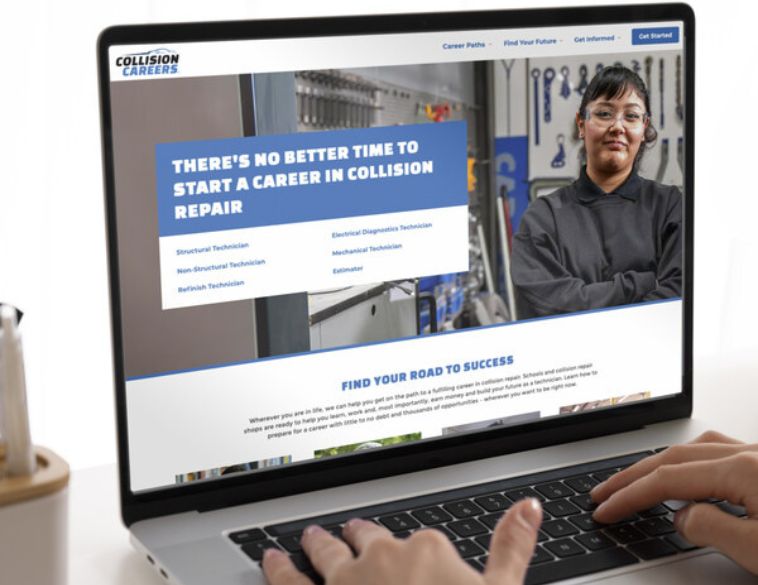Ways to ensure ADAS tasks are properly performed and integrated into vehicle repairs.
As Advanced Driver Assist Systems (ADAS) continue to grow and evolve, collision centres need to ensure they are properly prepared to handle them on a consistent basis, whether performing them in-house or taking them to an outside vendor. With today’s vehicles, there is simply no excuse for not performing the required ADAS calibrations and integrating those processes into the vehicle repair plan. With that said, there is often, still a great deal of confusion on how to approach ADAS calibrations effectively.
Properly trained
Firstly, estimating staff need to be properly trained. They need to understand how to identify these systems and, where to find those calibration requirements so they can be noted in the initial repair plan. Additionally, doing so helps with repair scheduling and cycle time.
Secondly, technicians need to understand the fundamentals of how these systems work, and whether or not they will be performing the actual calibrations. This includes not only how they function, but also what impacts their operation, what damage to look for and where to find OEM information on these systems. Furthermore, when it comes to ensuring successful post-repair calibrations, a technician must understand the relationship between ADAS and structural dimensions, component mounting points and bracket positioning, as well as correct wheel alignment angles.
Foundational knowledge
While technicians will also require additional training on specific equipment being used for ADAS calibrations during a specific vehicle repair, having that foundational knowledge of ADAS system function, as well as impact on operation, OEM information and relationship with vehicle structural dimensions, mounting points and correct wheel alignment angles, will help them to understand and diagnose any calibration failures.
While it can seem like a daunting task and difficult to know where to start, creating and following a training plan for both collision centres will go a long way to ensure a successful ADAS calibration process.
Besides training, collision centres intending to do calibrations in-house also need to ensure they have dedicated space for performing ADAS calibrations. While this may not be available in every existing shop, savvy operators are recognizing the need to create separate spaces and even locations to perform this work accurately and efficiently. There’s also the question of who will be performing this work. Given that our industry is currently dealing with a shortage in skilled labour, it may not always be effective to remove people from our existing labour pool to perform these roles. Instead, the growing need for ADAS calibrations may provide an opportunity to attract a different type of individual who while interested in the automotive industry, isn’t necessarily a collision repair technician, at least in the traditional sense.
A range of options
I-CAR Canada currently offers a suite of online ADAS training through the ADAS Platinum role, to help facilitate knowledge development, as well as live, hands-on skills development sessions (presently held at the I-CAR Training Centre in Chicago, but open to Canadians). Additionally, to perform ADAS calibrations properly, technicians will also require training on the specific calibration equipment being used for these tasks, while certain OEMs may require training on the vehicle that’s being repaired to ensure manufacturer procedures are being properly followed.
Given how critical ADAS calibrations are becoming to the overall repair process and that even the smallest damage may require multiple re-calibrations, it is essential that collision centres take a proactive approach to developing proper ADAS training and processes in their facilities. Without it, ADAS calibration can quickly become a major bottleneck in the overall repair procedure, lengthening cycle times, reducing repair efficiency and margins for the shop, as well as creating friction with other stakeholders including insurers and end customers.






 REPENTIGNY
REPENTIGNY Permanent
Permanent


